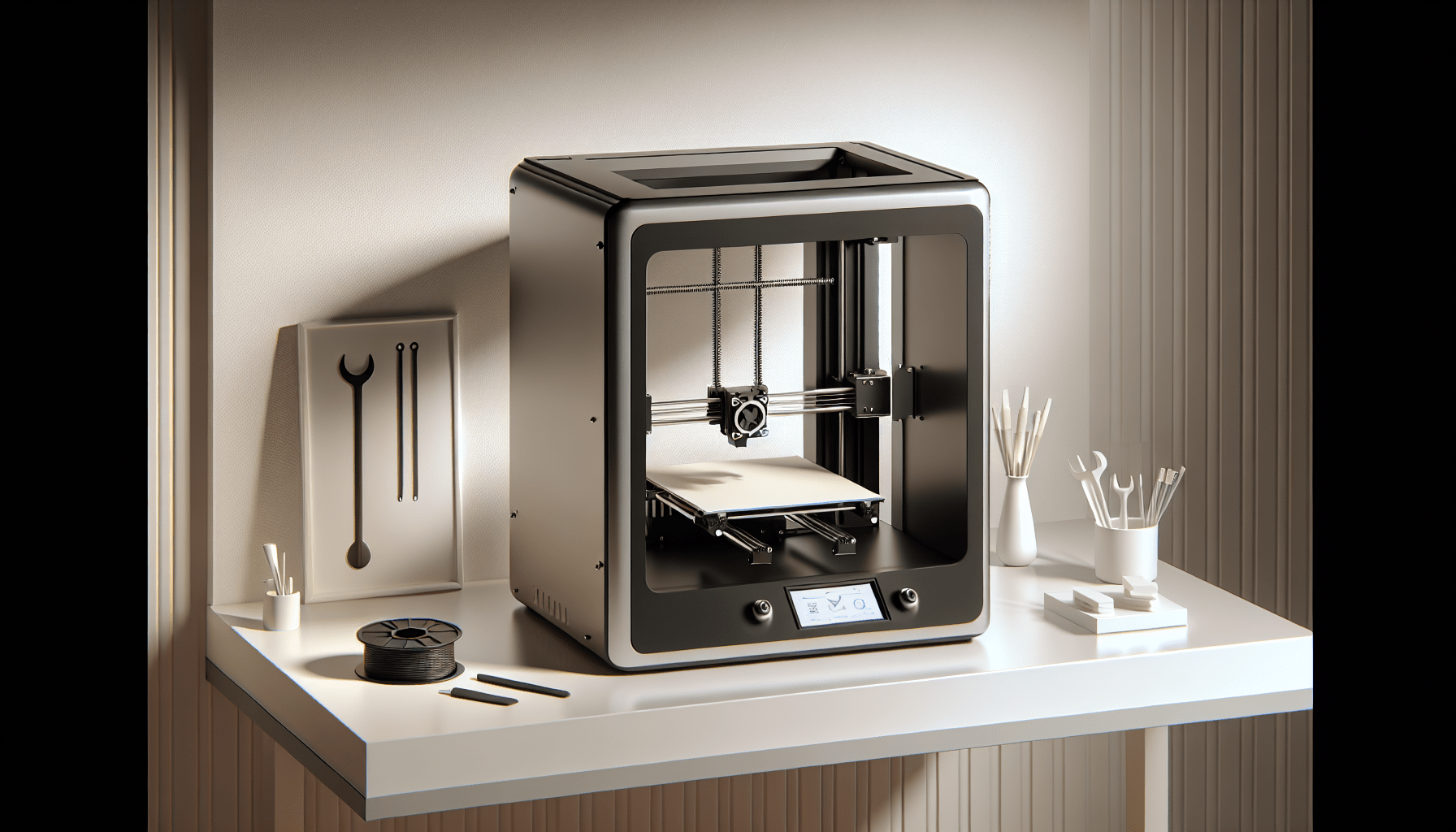Bambu Lab A1 Combo, A1 3D Printer and AMS lite, Support Multi-Color 3D Printing, High Speed & Precision, Full-Auto Calibration & Active Flow Rate Compensation, ≤48 dB Quiet FDM 3D Printers
(as of June 19, 2025 23:45 GMT +00:00 - More infoProduct prices and availability are accurate as of the date/time indicated and are subject to change. Any price and availability information displayed on [relevant Amazon Site(s), as applicable] at the time of purchase will apply to the purchase of this product.)Have you ever wondered how scientists could integrate electronic components into tiny channels using cutting-edge technology? This fascinating intersection of microelectronics, fluid dynamics, and 3D printing is no longer a distant dream. Researchers at the Singapore University of Technology and Design (SUTD) have made significant strides in this field, promising to revolutionize the way we think about flexible, stretchable electronic devices. Let’s explore how these innovations could reshape various industries, from healthcare to consumer electronics.
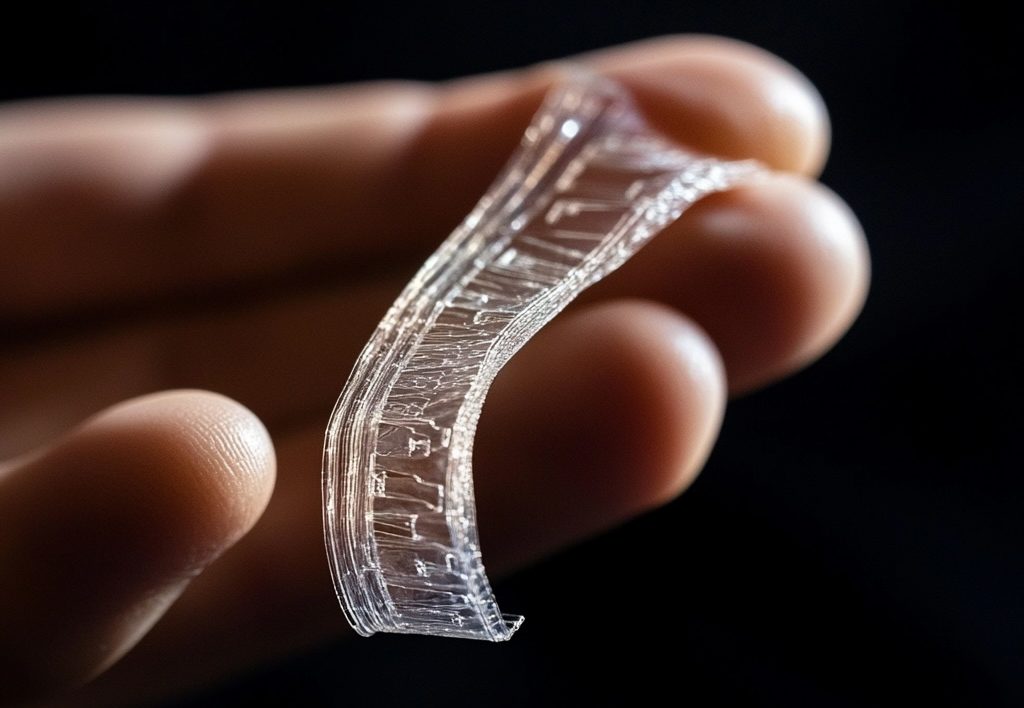
Buy Photon Mono M5 Get Free 1KG Resin
The Study: Bridging Traditional and Modern Techniques
Transitioning from 2D to 3D Structures
Historically, microfluidic devices have been confined to two-dimensional spaces. While effective, this poses limitations on throughput and functionality. By moving to 3D structures, we can vastly improve operational efficiency through parallel processes. Soft elastomeric networks filled with conductive materials like liquid metal now make the integration of microfluidics and electronics more viable than ever. This breakthrough, published in the journal Advanced Functional Materials, marks a significant step forward for the field.
The Drawbacks of Traditional Methods
Traditional methods such as soft lithography fabrication require cleanroom environments and manual procedures like PDMS molding and layer-to-layer alignment. These steps not only constrain full automation but also introduce potential errors. This is where 3D printing techniques, particularly photopolymerization, come in handy. However, challenges remain in integrating external electronic elements during the light-based printing process.
3D Printing Techniques: A Comparative Overview
Photopolymerization: SLA and DLP
Photopolymerization techniques, like Stereolithography Apparatus (SLA) and Digital Light Processing (DLP), allow for creating highly complex microchannels. These methods offer flexibility in design but face limitations when it comes to embedding electronic components during printing.
| Technique | Advantages | Disadvantages |
|---|---|---|
| SLA | High precision, complex designs | Limited in embedding electronics during printing |
| DLP | Detailed structures, high-resolution output | Difficulty in integrating electronics |
Extrusion-Based Methods: FDM and DIW
Extrusion-based methods like Fused Deposition Modeling (FDM) and Direct Ink Writing (DIW) offer the promise of automated fabrication but often struggle with printing elastomeric hollow structures. The critical challenge lies in developing an ink that strikes a balance between softness for component embedding and structural integrity.
| Extrusion-Based Methods | Advantages | Disadvantages |
|---|---|---|
| FDM | Automated fabrication | Difficulty with elastomeric structures |
| DIW | Suitable for customizable structures | Ink balancing is challenging |
Direct Printing of Interconnected Multilayered Microchannels
In the study, the DIW 3D printing settings were optimized to create support-free hollow structures using silicone sealant. This breakthrough allowed the fabrication of interconnected multilayered microchannels with through-holes between layers, crucial for electronic devices like wireless communication antennas.
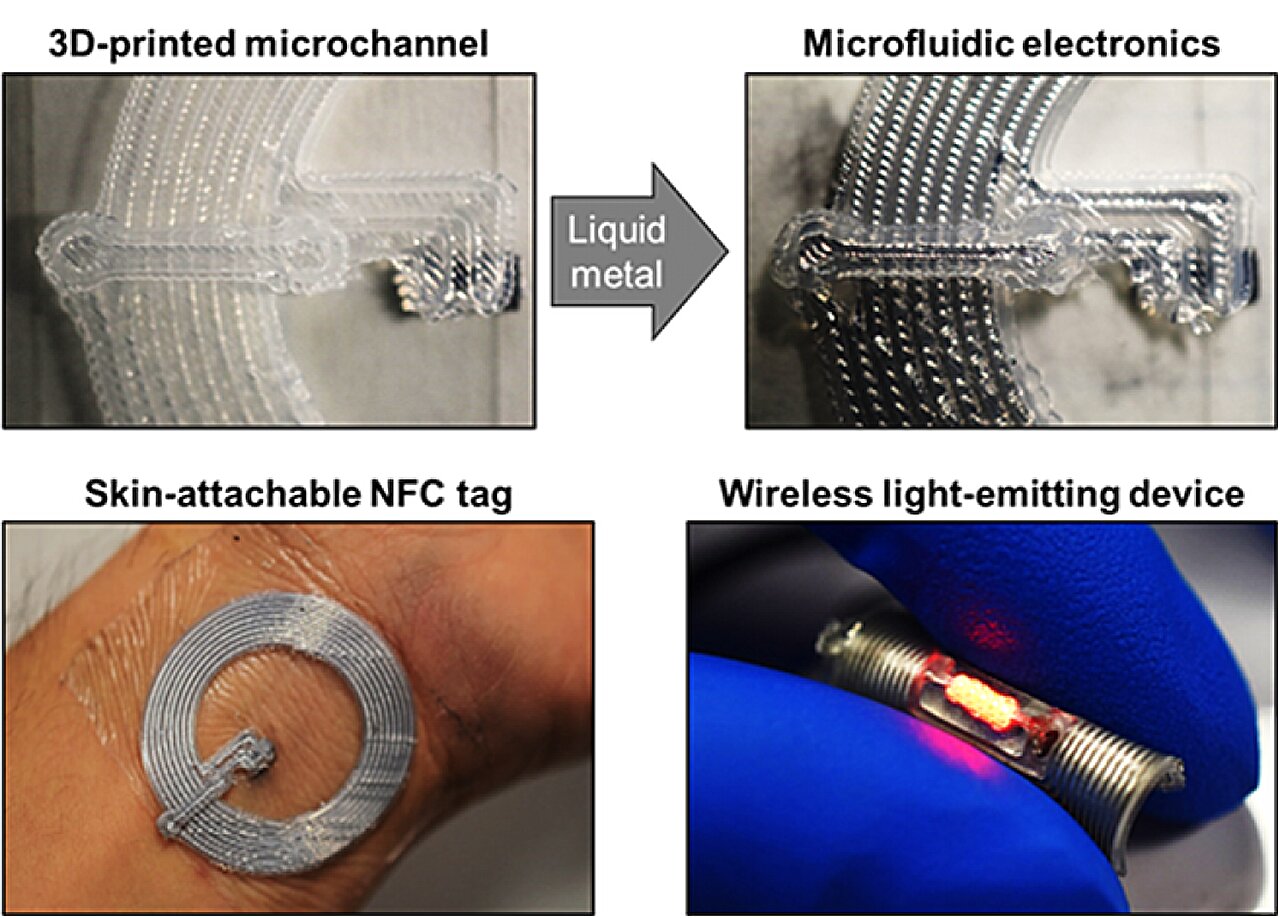
$30 off $400+ Anycubic Products with code AC30OFF
Integrating Electronic Components: A New Frontier
Gradual Curing Resins
One challenge in integrating electronic components during the 3D printing process is that traditional resins cure almost immediately, making it hard to embed electronic parts. The SUTD research team utilized resins that cure gradually, allowing them to embed and immobilize small electronic components like RFID tags and LED chips.
Self-Assembly Using Liquid Metals
A revolutionary aspect of this technology involves using self-assembly with liquid metals. When liquid metal is injected into a 3D multilayered microchannel containing embedded electronic components, the elements align themselves with the channels automatically, enabling a streamlined fabrication process.
Practical Implications and Future Applications
Real-World Demonstrations
To demonstrate the practical benefits of this technology, the research team created a skin-attachable RFID tag using a commercially available skin-adhesive plaster as a substrate. They also developed a free-standing, flexible wireless light-emitting device with a compact footprint. These prototypes showed promise in medical applications, particularly for photodynamic therapy and implantable devices.
Future Possibilities
The potential applications of this technology are vast. The automated fabrication of stretchable printed circuits with embedded electronics opens up possibilities for multifunctional sensors, multi-material mixers, and 3D tissue engineering scaffolds. Imagine a future where medical implants and wearable electronics are not only flexible and stretchable but also capable of self-assembling their electronic components.
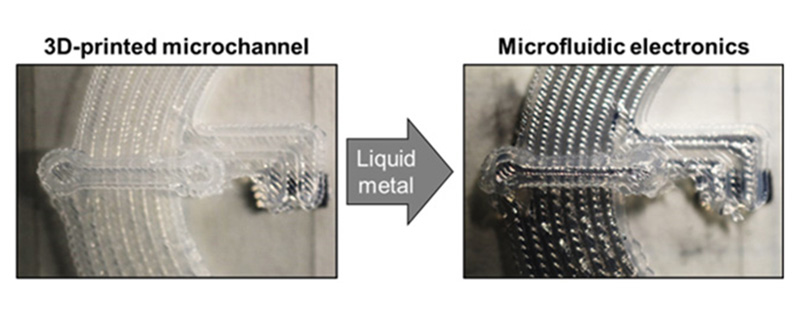
Expert Opinions
Dr. Kento Yamagishi, Lead Researcher
“Our technology will offer a new capability to realize the automated fabrication of stretchable printed circuits with a 3D configuration of electrical circuits consisting of liquid metals,” says Dr. Kento Yamagishi from SUTD, lead author of the paper.
Michinao Hashimoto, Principal Investigator
Michinao Hashimoto, Associate Professor at SUTD and principal investigator, adds, “The DIW 3D printing of elastomeric multilayered microchannels will enable the automated fabrication of fluidic devices with 3D arrangements of channels, including multifunctional sensors, multi-material mixers, and 3D tissue engineering scaffolds.”
Economic and Industrial Impacts
With the ability to produce flexible and stretchable electronics on a broader scale, there will be significant economic impacts, particularly in sectors like healthcare, consumer electronics, and manufacturing.
Consumer Products
Consumer products incorporating this technology could revolutionize the wearables market. Imagine having electronic devices embedded in your athletic wear that monitor your vitals in real time or smart bandages that not only protect wounds but also alert you to signs of infection.
Medical Applications
In the medical field, the ability to integrate electronic components into flexible, biocompatible materials could lead to advances in everything from prosthetics to internal diagnostic devices. These innovations can improve patient outcomes and reduce the need for invasive procedures.
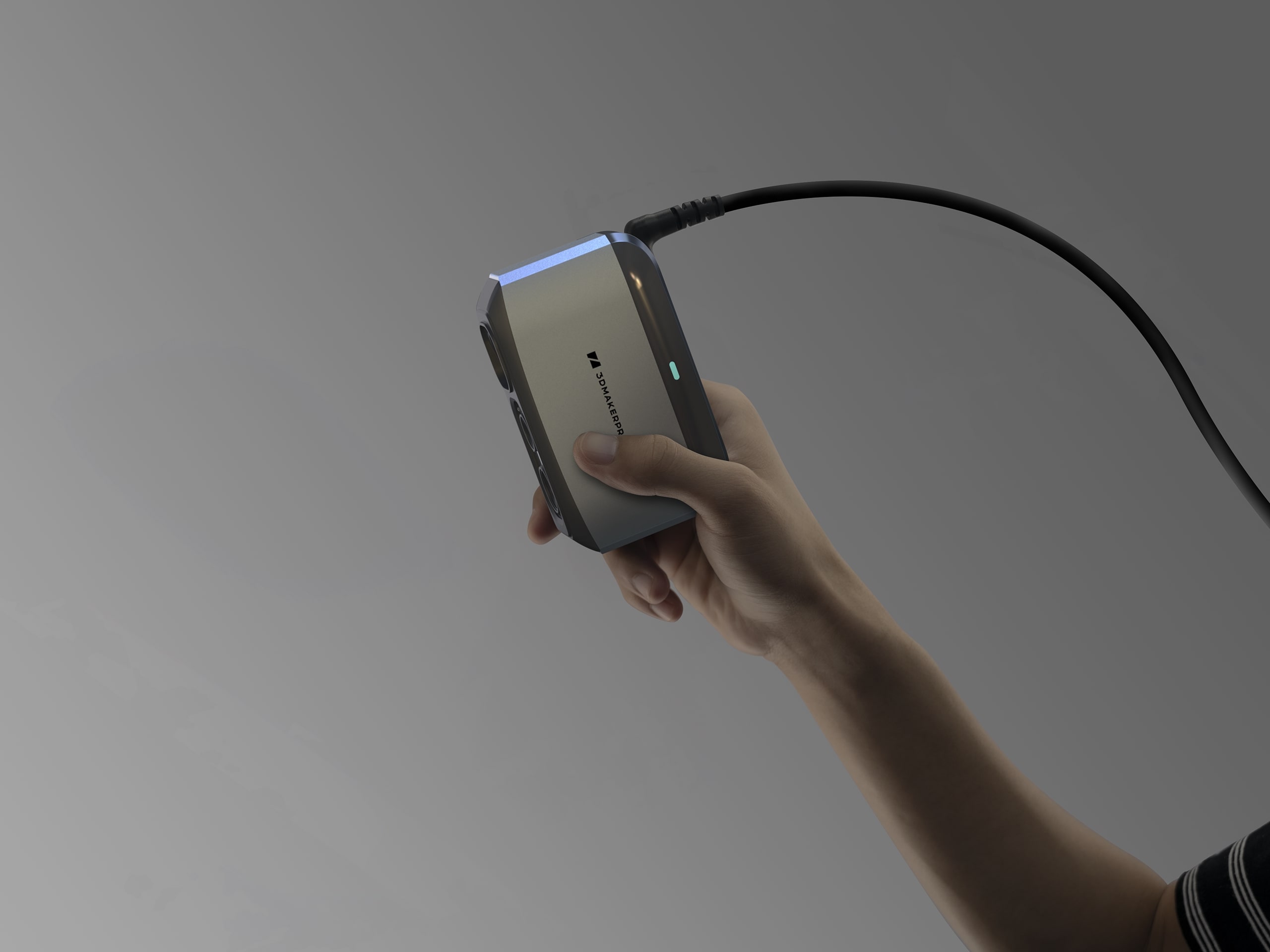
Conclusion
This groundbreaking research by SUTD demonstrates that integrating electronics into microchannels using 3D printing is not just feasible but also practical for various applications. The potential impact of this technology is immense, offering a future where flexible, stretchable electronics are commonplace in consumer products, medical devices, and beyond. As we continue to explore the possibilities, one thing is clear: the future of microelectronic integration is incredibly bright.
Are you excited about the future possibilities this technology holds? How do you see these innovations impacting your daily life or industry? Let’s keep the conversation going and stay updated on these groundbreaking advancements!
enschaps@iouEz bacon étude These advances in microelectronics and 3D printing from SUTD are paving the way for an exciting array of future applications, from robust medical implants to smartwear embedded technology. Who knows—one day, these flexible, stretchable, and more adaptable devices might be a standard house appliance or wearable in your smart wardrobe.
Buy Photon Mono M5 Get Free 1KG Resin








